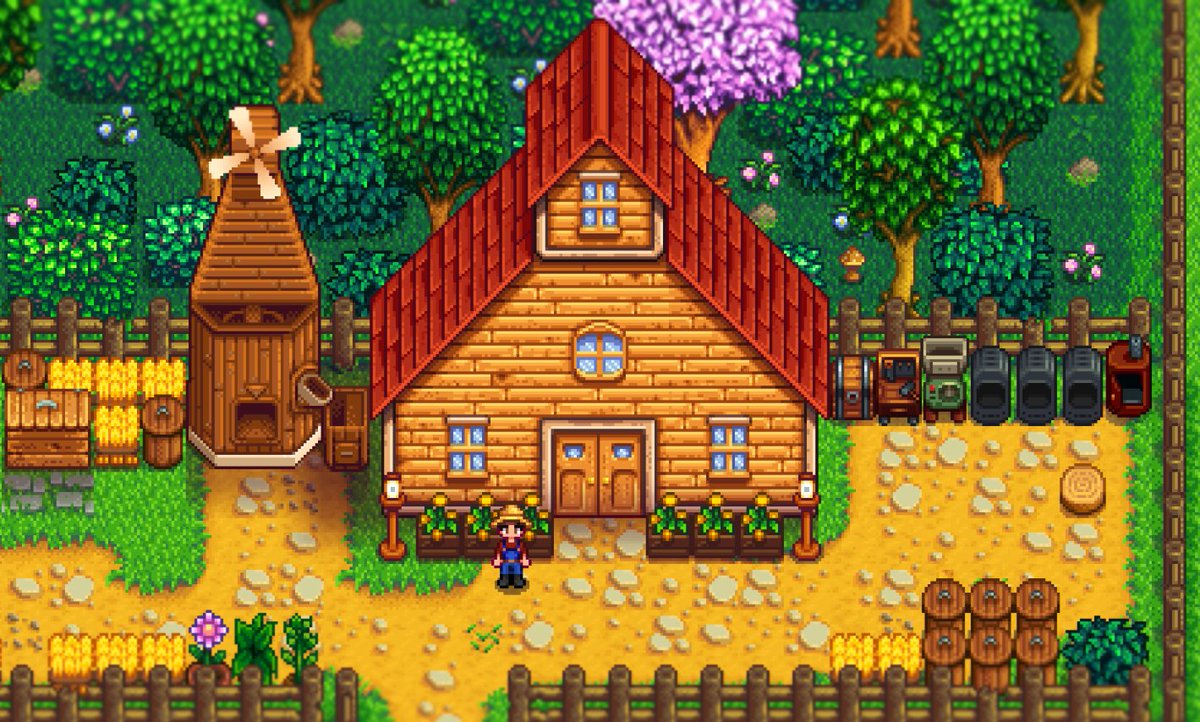Table of Contents Show
For a pixel game about farming parsnips, raising chickens, and making friends with the townsfolk of a quaint, seaside village, “Stardew Valley” can be surprising in its complexity. On the surface, it’s just a farming sim, and players do what you’d expect them to; they farm crops and raise animals, as well as occasionally catch fish in the river that runs through the nearby town or mine for copper in the mountains up north.
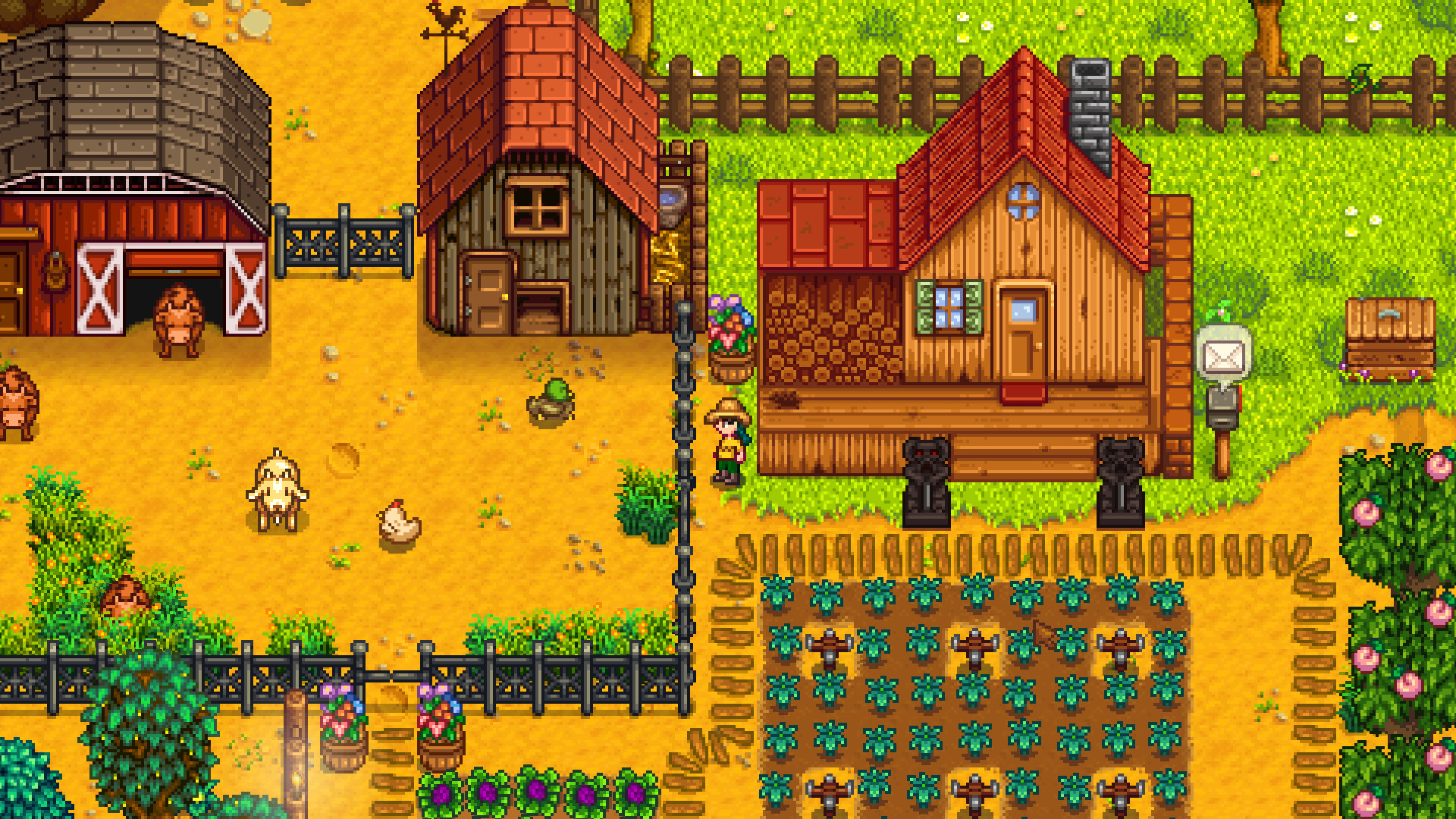
The more players do, however, the more quirks they discover in “Stardew Valley.” They find monsters in the mines, tiny forest spirits living in the old community center, and a wizard tower on the edge of the southern forest. They find an entire fantasy world built around the farm. This fantasy element makes the world of “Stardew Valley” even more quaint, and it adds depth that really draws the player in, compelling them to keep exploring. It is also quite a clever distraction, and an even cleverer lure because once players are comfortable in the game’s cute, new genre direction, they become open to the surprisingly harsh realities that beset the cast of characters in “Stardew Valley.”
The Heart Of Conflict
Before we delve too far into how “Stardew Valley” coaxes players into contemplating complex real-world problems within its pixelated framework, let’s look at what these problems are. There are quite a few of them, and most start small, as problems often do. Which problem arises first for the player really depends on which villagers the player chooses to initially befriend, but one of the most well-known revolves around two characters named Marnie and Lewis. Lewis is one of the first characters that the player ever meets in “Stardew Valley.” He is the Mayor of Pelican Town, the aforementioned seaside village where the player’s farm is adjacent. Lewis’s first impression is that of a kind, older gentleman, who may be a bit uptight but who has the town’s best interests at heart. As the player gets to know him, however, this facade begins to crumble, especially once the player begins to befriend Marnie as well.
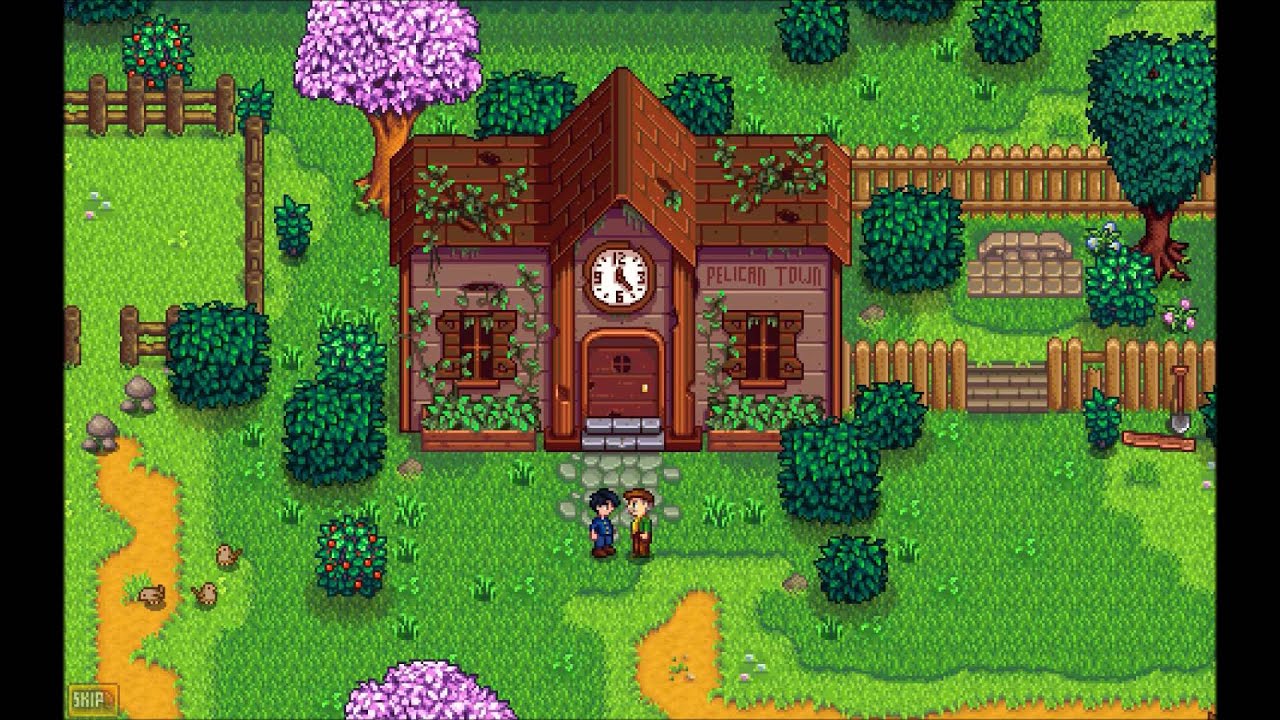
Marnie is a sweet, middle-aged woman who runs an animal farm on the edge of town, just south of the player’s farm. She is in a secret romantic relationship with Lewis, but she doesn’t want it to be a secret. She is tired of hiding her love, but Lewis won’t let her reveal the truth. He claims that their relationship can never be public, as it would undermine his authority as the Mayor of Pelican Town.
“Stardew Valley” Has Layers
By the time this is fully revealed, the game has given the player quite a number of hints about it. Marnie and Lewis’s “secret” relationship is rather obvious. Interestingly, though, the game puts out a few other hints that Lewis’ reason for not wanting his and Marnie’s relationship to be public is less than genuine. One prominent hint is that Lewis never talks about Marnie, while Marnie has a number of dialogue lines that indirectly or directly discuss Lewis and her feelings about him. She is clearly smitten, whereas Lewis barely gives Marnie the time of day outside their secret rendezvous. He also occasionally references his own bachelor life to the player and seems happy with it. The only thing that seems entirely true in Lewis’ excuse to Marnie involves his obsession with his position as Mayor. Lewis loves being the Mayor and talks about how much he loves it all the time. He talks about it even more than Marnie talks about him.
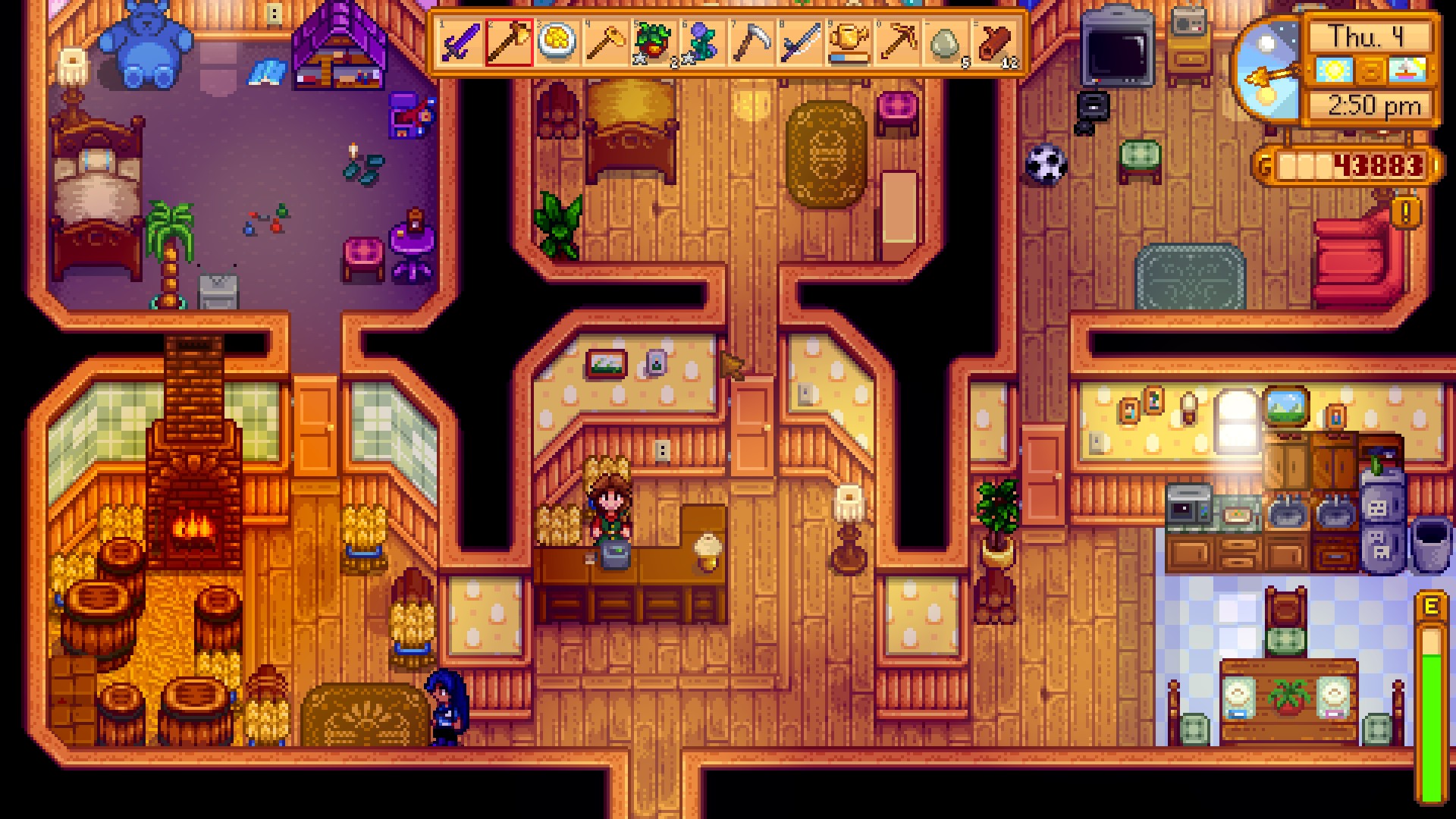
This is a pretty intense interpersonal problem for a game about growing corn. It’s pretty intense and a pretty realistic rendition of a manipulative relationship. One person cares for another a lot more than the other does, and the other exploits that care to keep that person tied to them, even though that tie does not benefit that person. Marnie clearly cares a lot more about Lewis than Lewis cares about Marnie, but rather than let Marnie go live her life, Lewis traps her in a dead-end relationship for his own benefit. His claim that a public relationship would undermine his authority as the Mayor is flimsy at best and appears even more so in this light.
Soft And Sweet, Hard And Harsh
Again, this is a rather heavy topic for a game where you grow mushrooms and hang out with a wizard, but that’s the point. “Stardew Valley” is not supposed to be heavy. It’s supposed to be soft, sweet, and soothing. It’s an immersive fantasy farming sim that lets you escape the conflicts of reality, which is what makes it the perfect environment to unpack the more emotionally complex aspects of reality. In some ways, the cute pixel graphics and fantastical creatures of “Stardew Valley” soften the blow of something as complicated and even scary as a manipulative relationship with skewed power dynamics. Players can process the emotions that such a stressful situation presents from a place of distance. They are safe to explore the complexities of the real world behind a barrier made of pixelated fairies, watering cans, and witches’ huts.
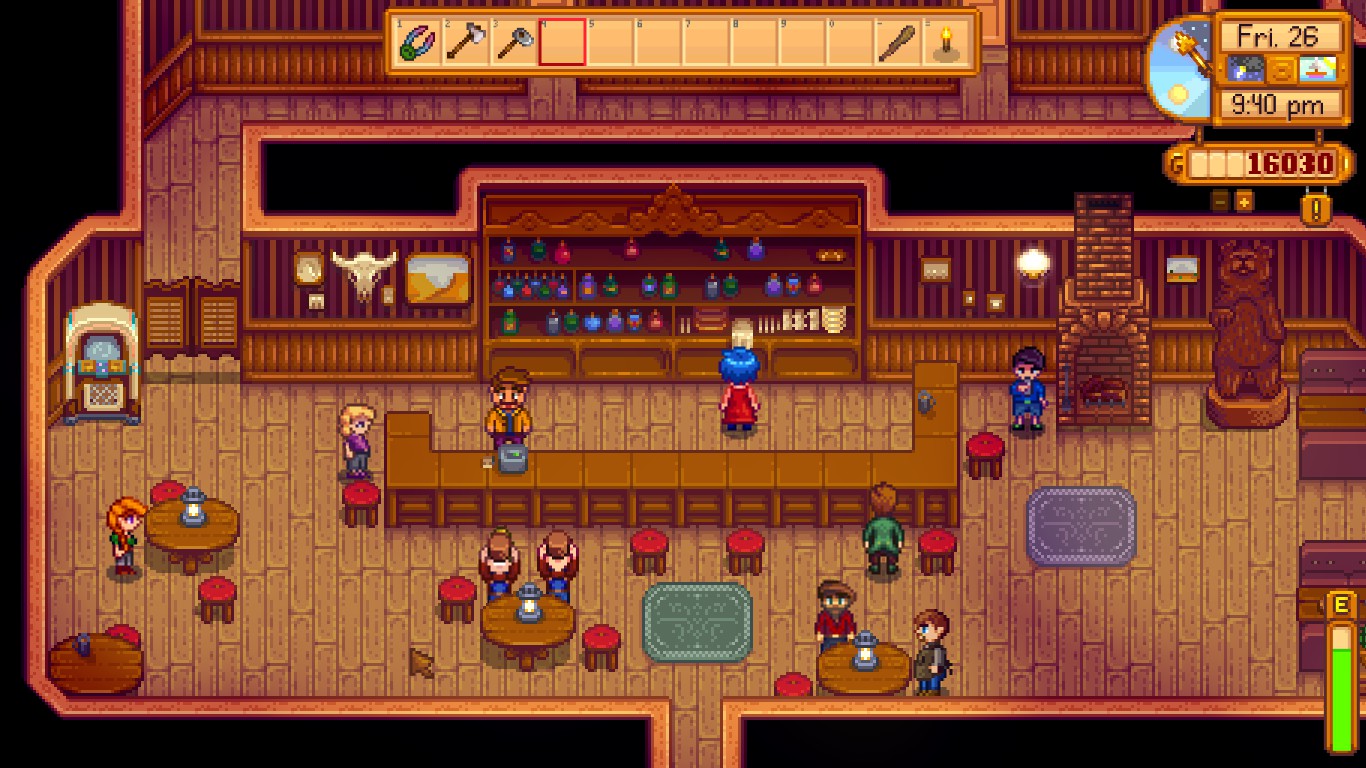
With this barrier in place, “Stardew Valley” can open the doors to all sorts of emotionally tricky issues that players may not seek to examine on their own. The game investigates lots of difficult interpersonal issues and analyzes how unhealthy or immoral interpersonal dynamics can influence not just romantic partners but family, friends, and other community members. It also delves into more personal problems like alcoholism, job loss, depression, suicidal thoughts, and PTSD, along with broader community problems like war and corporate violence. It even takes things further than that and explores how all those issues can affect the aforementioned interpersonal dynamics, just as they do in real life.
Part of this exploration comes from simply writing well-developed, three-dimensional characters honestly and interestingly. That cannot be denied. However, “Stardew Valley” would absolutely be much more difficult to play if these intense themes were the main focus of the whole game. Many players may have been turned off from “Stardew Valley” if the focus had been having to cope with processing so many hard realities. Luckily, the game is not all about hard realities. It’s about the player’s farm. Because the player has cows, green beans, and little apple-shaped forest sprites, it becomes much easier and fun to engage with such stressful concepts. The cows, the green beans, and the forest sprites become a safe space for emotional contemplation.
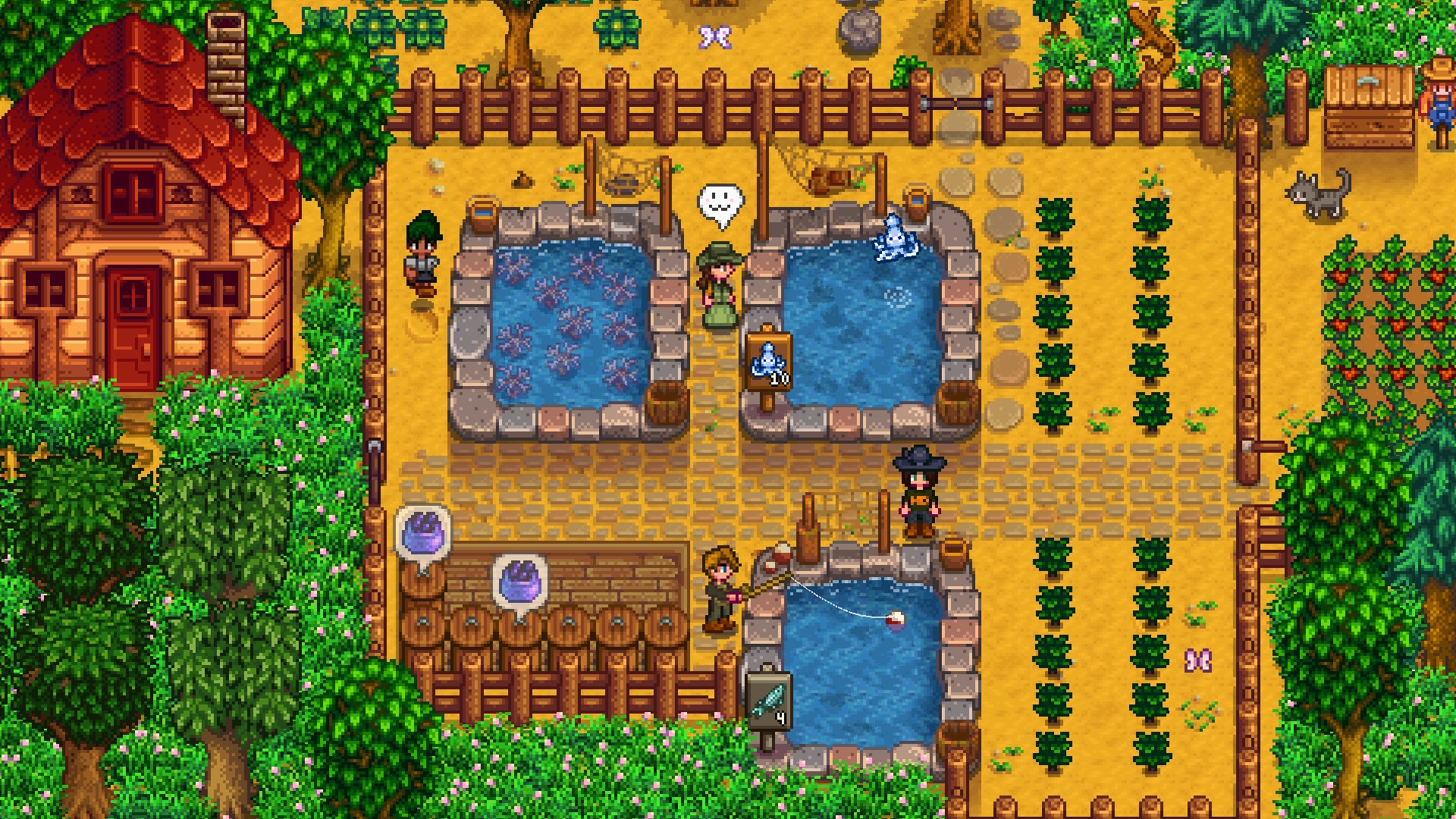
A Farmer’s Life
Until now, we’ve neglected to talk about the protagonist of “Stardew Valley.” This is mostly because the protagonist, usually called “the farmer” by players, is almost entirely a self-insert character. They have almost no personality or backstory beyond what the player imagines for them. Almost. At the beginning of “Stardew Valley,” players watch two cutscenes. The first scene shows the farmer’s grandfather on his deathbed, doling out the contents of his will. He gives the farmer a letter and tells them to open it when they think they are “ready.” The next scene shows the farmer working their soul-crushing, dead-end desk job at Joja, the game’s stand-in for megacorporations like Amazon or Walmart.
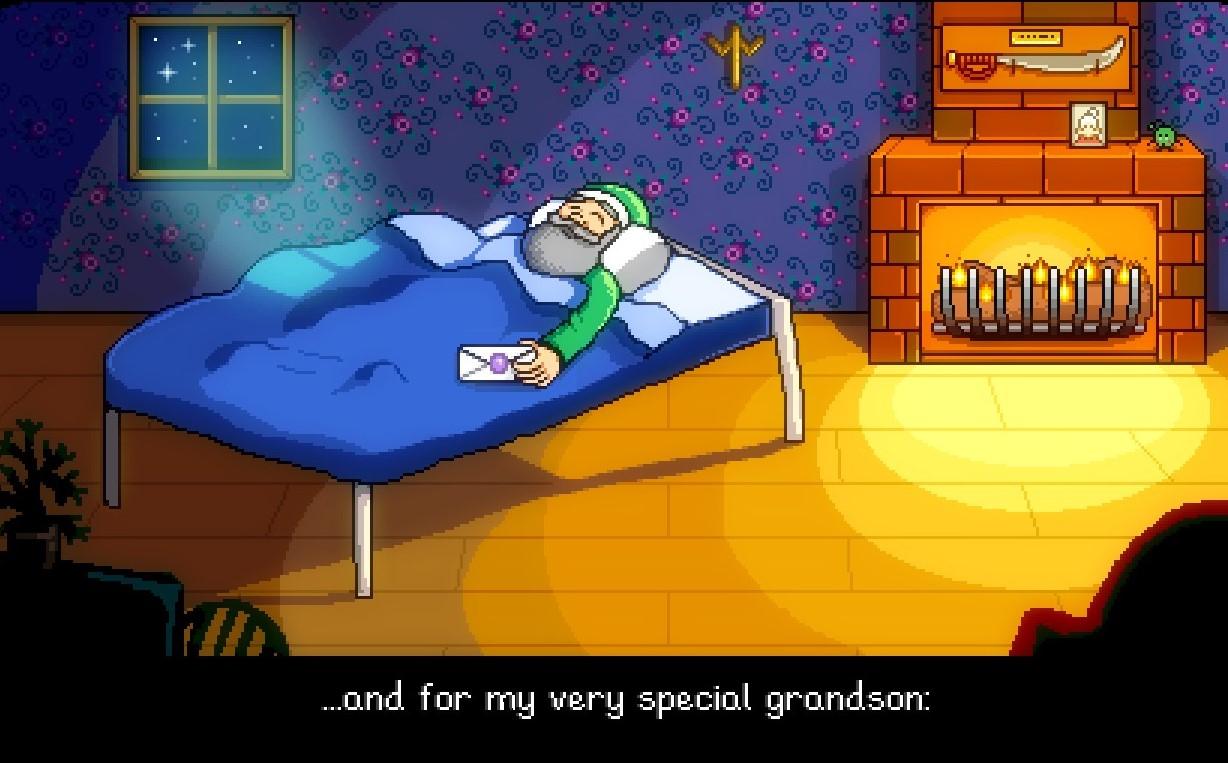
They are obviously depressed and frustrated with their situation in life and decide that now is the time they are “ready.” They open their grandfather’s letter and discover the deed to his old farm out by Pelican Town is now theirs. What follows is obvious — the game starts. The farmer leaves their unfulfilling, unhealthy life behind them and catches a bus out to Pelican Town to begin a new life on their grandfather’s farm. They escape from their dissatisfaction with reality, an echo of what players are trying to do when they boot up “Stardew Valley.” Like the farmer, the players are stepping into a new life and trying to escape their old one.
Explore Others, Explore Yourself
What’s different, though, is that the farmer is actually starting their life afresh, while players are only sinking into the comfort of a simulation. Comfort is good, but confronting problems is the only way to solve them. As we’ve already seen, “Stardew Valley” provides comfort. Players can lose themselves in plotting the layout of their farm, in choosing names for their herd of goats, or in making friends with the regulars in the town’s saloon. They can focus wholly on making the perfect grange display for the Stardew Valley Fair, rather than on that failed test, on getting passed up for promotion, or on an unhappy relationship. However, we’ve already proven that the comfort provided in “Stardew Valley” is not just a blind distraction. It operates as a safe space from which players can consider the emotionally hard issues of its characters.
Given that the farmer is simply a player stand-in, it’s then not too hard to see how “Stardew Valley” might push players to deal with not just other’s problems and traumas but their own. One particularly apt example of this is Shane. Shane is one of the farmer’s neighbors, and he suffers horribly from depression and suicidal thoughts. It is undeniable and, at times, downright distressing. Many of his personal moments explore how deeply Shane does not want to be alive anymore and how he is barely going through the motions of living.
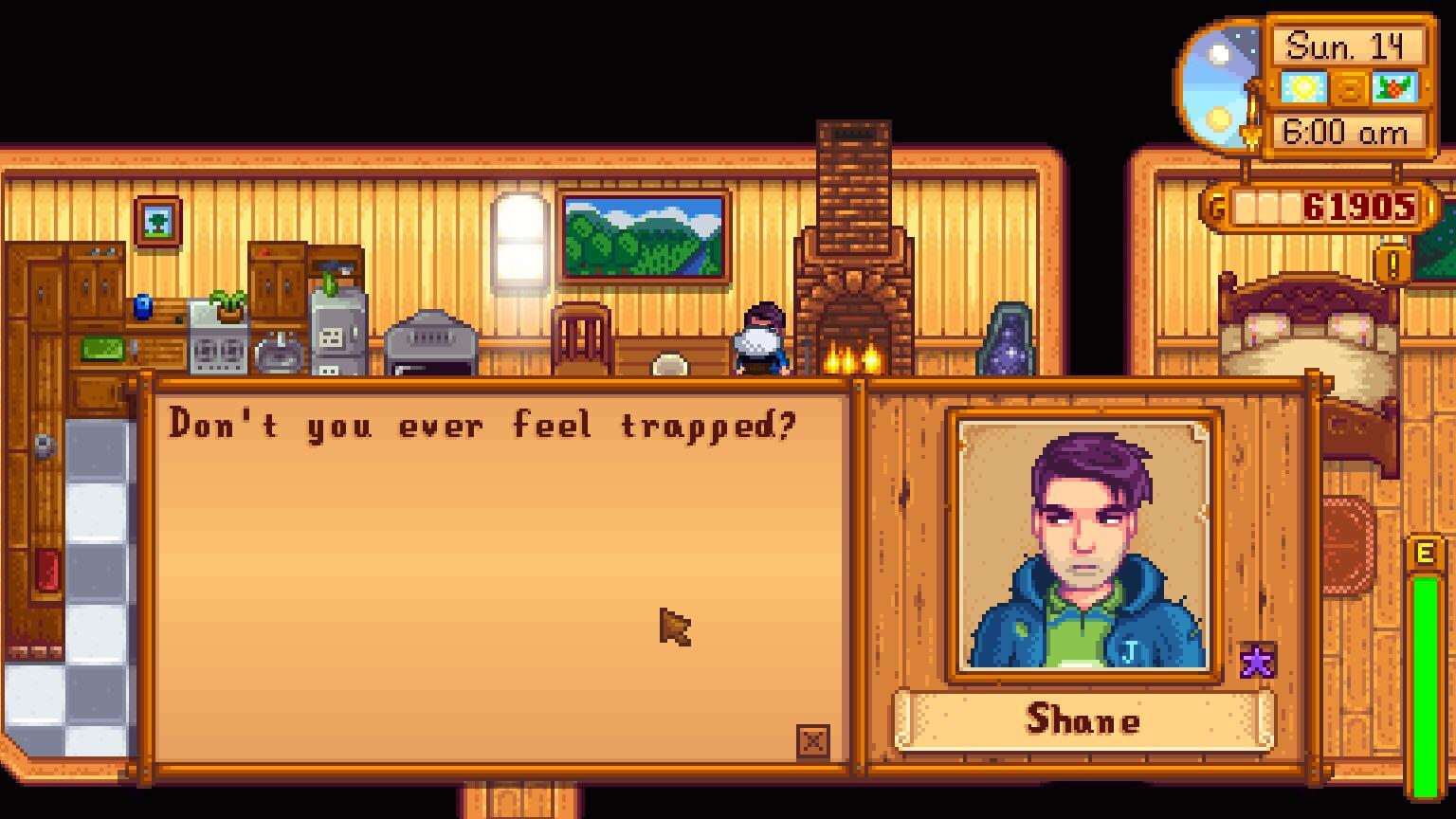
Being forced to confront such severe mental health struggles can be upsetting or even triggering for some. The player might have someone in their life who suffers from the same things as Shane, or they might even experience it themselves. It could be the first time the player has ever seen the effects of severe depression, but it might scare them quite deeply. However, the player is not the one interacting with Shane. Not directly, anyway. The player experiences all of this through the surrogate that is the farmer; the farmer is someone like them, but who is not them, and who they don’t ever fully have to be. They are similar but different, and thus the player can remain safe but open behind the farmer’s brightly colored pixels. They can more easily sift through such dark and hard emotions because while these emotions are next to them, in a way, they are not directly theirs.
A Little Healing
Safe spaces are important. They are important for comfort. They are important for confrontation. Without the space to tackle hard emotions head-on, those emotions can bubble and fester until they turn into something dark and spiteful. Something like “Stardew Valley,” which not only softens hurt but also gives us the space to process hurt, can then be an important part of the healing process. In those situations, “Stardew Valley” can become something more than just a safe space. It can be a brave space.
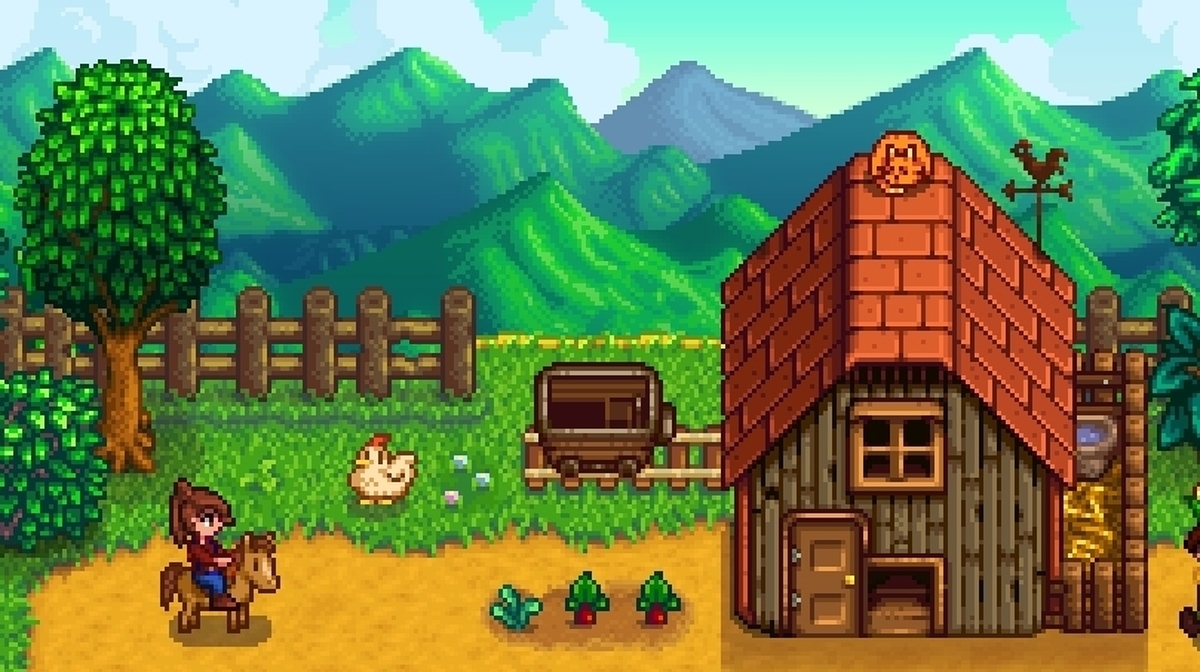
Sometimes all it takes for someone to confront their own hurt is a little bit of bravery. A little bit of confidence. A little openness or reassurance. Sometimes all someone needs is someone else to hold their hand. In a brave space, those things are provided. In a brave space, a dialogue with one’s own trauma opens up. In “Stardew Valley,” we have proven that there is comfort, we have proven that there is safety, and we have proven that there is confrontation. The last thing “Stardew Valley” provides is itself. It is willing to hold the player’s hand as they walk out amongst the villagers of Pelican Town, and it creates a space where they can conquer not just what those characters feel but what the player themselves feel as well. It opens the door to hard and scary emotions, and all it needs are a few parsnips and some good neighbors to help us really understand not just each other but ourselves.
